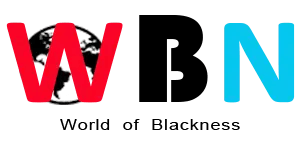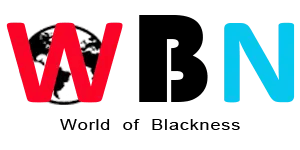Sensor technology is playing a key role in the field of modern digital revolution and beneficial in many aspects of technology. If we talk about smart phones, smart homes, healthcare or industrial automation, sensor technology perform role everywhere. If we want to explore in a deep way then we know more about this. In the field of IOT(internet of things) and smart cities, the demand is more advanced, versatile and efficient. But the question arises and remains: Can we revolutionize sensor technology? The answer is a resounding yes, and here’s how.
Table of Contents
The Evolution of Sensor Technology
Key Areas of Sensor Technology Innovation
Challenges and the Path Forward
The Future: A World Transformed by Sensors
The Evolution of Sensor Technology
To understand the potential for revolutionizing sensor technology, it’s essential to look at how far we’ve come. Traditional sensors were often limited in scope, designed to measure specific variables like temperature, pressure, or motion. These early sensors were crucial for industrial applications but lacked the sophistication needed for today’s complex, interconnected systems.
Over the past few decades, advancements in microelectronics, materials science, and data processing have led to the development of more sensitive, accurate, and miniaturized sensors. These innovations have enabled the creation of multi-functional sensors that can detect and analyze a wide range of environmental factors, paving the way for the smart devices and systems we rely on today.
Here are the areas of sensor technology.
Key Areas of Sensor Technology Innovation
Several cutting-edge developments are poised to revolutionize sensor technology further. These include advancements in nanotechnology, artificial intelligence, and wireless communication, each of which contributes to making sensors more powerful and versatile.
1. Nanotechnology and Miniaturization
Nanotechnology is driving a significant transformation in sensor technology by enabling the creation of smaller, more sensitive sensors. Nano sensors can detect changes at the molecular or atomic level, making them incredibly useful in applications like medical diagnostics, environmental monitoring, and food safety.
For instance, Nano sensors in healthcare can detect biomarkers for diseases such as cancer at much earlier stages, improving the chances of successful treatment. Similarly, in environmental monitoring, these sensors can detect trace amounts of pollutants, enabling more precise and timely responses to environmental threats.
2. Artificial Intelligence and Machine Learning
Artificial Intelligence (AI) and Machine Learning (ML) are revolutionizing how sensors operate and process data. Traditionally, sensors would collect data and transmit it to a central system for analysis. However, with AI and ML, sensors can now process data locally, making decisions in real-time.
This is particularly beneficial in scenarios where speed and accuracy are critical, such as autonomous vehicles or industrial automation. AI-driven sensors can predict equipment failures, optimize energy use, and even learn from their environment to improve performance over time.
3. Wireless and Wearable Technology
The rise of wireless communication has significantly expanded the potential applications of sensors. Wireless sensors are now integral to IoT systems, enabling seamless communication between devices without the need for complex wiring.
Wearable technology is another area where sensor innovation is making a substantial impact. From fitness trackers to advanced medical devices, wearable sensors are providing real-time data that helps individuals monitor their health, improve athletic performance, and manage chronic conditions.
Challenges and the Path Forward
Well the point is which types of challenges and problems can we faced in the sector of sensor technology and how to resolve them in a best way. Following are the concluded issues arises and related to data security, consumption of power, and the integration of sensors into the existing system.
- Data Security: As sensors become more interconnected, ensuring the security of the data they collect and transmit is paramount. Innovations in encryption and secure communication protocols are crucial to protecting sensitive information.
- Power Consumption: Many advanced sensors require significant power, which can be a limiting factor in their deployment. Research into energy-efficient designs and alternative power sources, such as energy harvesting, is essential for the next generation of sensors.
- System Integration: Integrating new sensor technologies into existing infrastructure without causing disruptions or requiring significant overhauls is another challenge. Solutions like modular sensor systems and standardized communication protocols can help ease this transition.
The Future: A World Transformed by Sensors
The revolution in sensor technology is not just possible; it is already underway. As these innovations continue to develop, we can expect sensors to become even more integral to our daily lives, transforming industries and improving quality of life across the globe.
Well let imagine the time and zone where everything is detected with the help of sensors if we talk about smart homes, real time health updates all things from flow of traffic to consumption of energy. Well it is not a fiction of science it is the future of sensor technology which will change the platform and beneficial for all.
Conclusion
In conclusion, the revolution in sensor technology is set to redefine our interaction with the world around us. By embracing advancements in nanotechnology, AI, and wireless communication, we are on the cusp of a new era where sensors will play an even more critical role in shaping our digital and physical environments. Senor technology will change many things and due to its vast growth it is clearly visible the future is bright and beneficial in the field of technology.



Leave A Comment